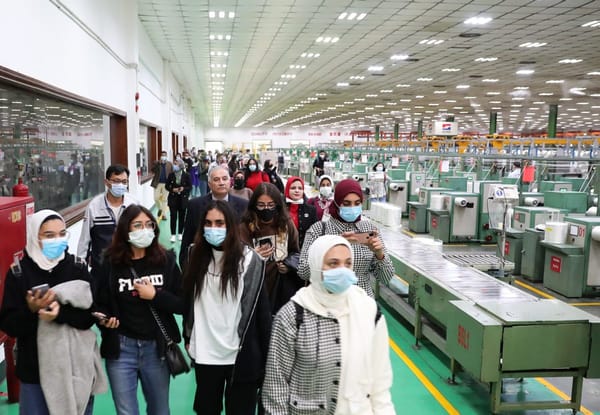The Networks, Strategies and Implications of Chinese Industrial Cooperation in the Middle East
Special economic zones are fast becoming the instrument of choice for African countries looking to attract mobile capital and increase their integration into global markets. Among the many initiatives planned or in operation on the continent are a series of economic cooperation zones in six African











